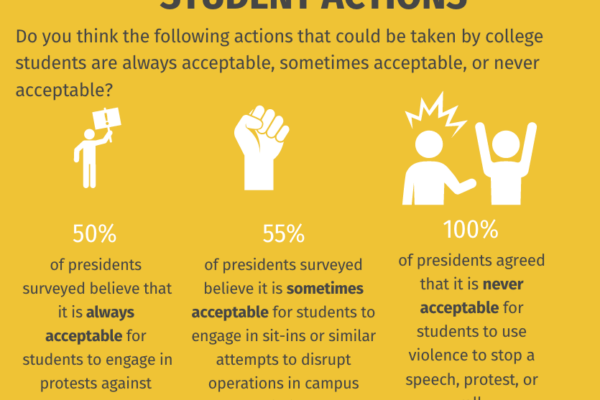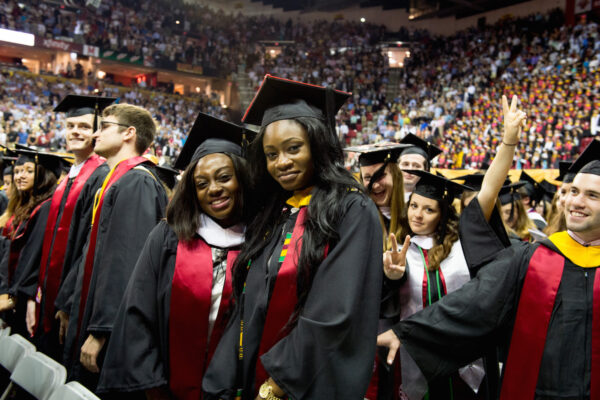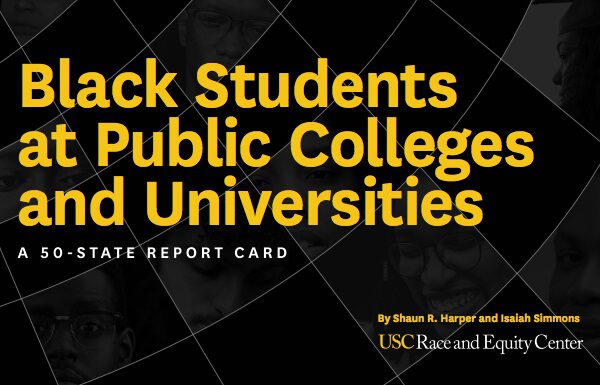All Posts
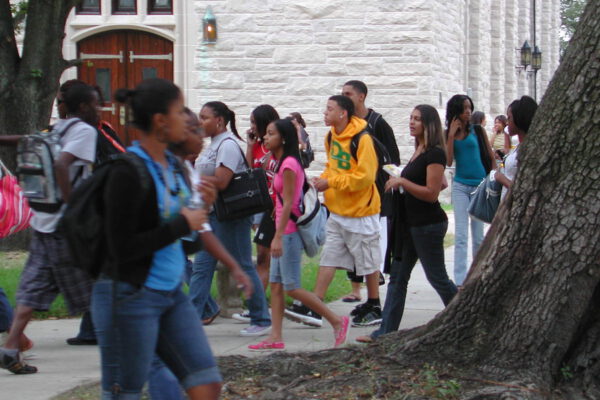
The Paradox of Free Speech in America Today
Sanford J. Ungar, president emeritus of Goucher College, former host of All Things Considered on NPR, and director of the Free Speech Project at Georgetown University describes the difficulty Americans and higher education institutions face today in figuring out what free speech means and how to implement it with reasonable, common-sense standards.
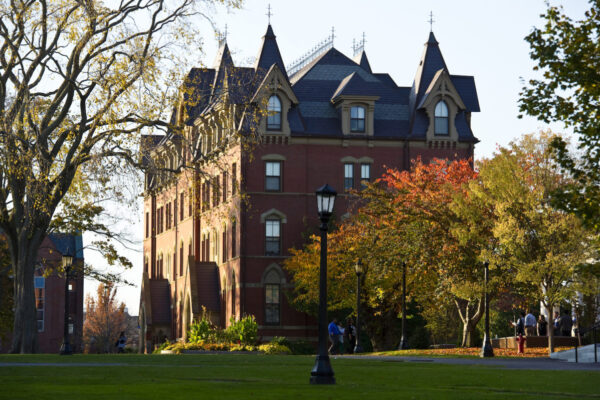
The Hard Work of Innovative Presidents and Teams
A group of 15 current and former higher education leaders met recently to discuss ACE’s American College President Study. Their conclusion: Innovative leadership is more about responding effectively to challenges than it is about predicting the future or having the newest idea.
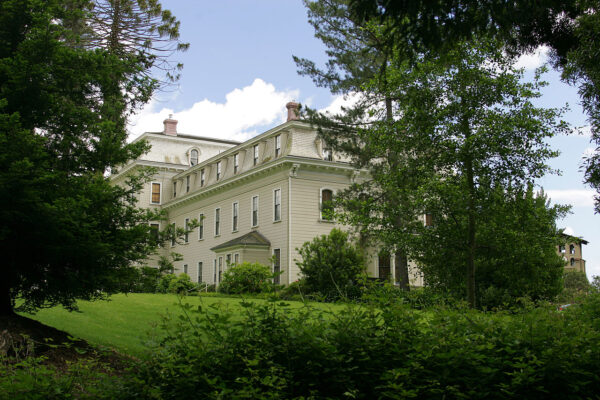
The ACE Fellowship Year: Putting Place in Perspective
In the upcoming months, John Marx will be blogging about his year in the ACE Fellows Program in a series of posts centered on the idea of “place” in American higher education leadership. Marx, professor and chair of the English Department at University of California, Davis, is spending his year working with President Elizabeth Hillman at Mills College in Oakland, California.
